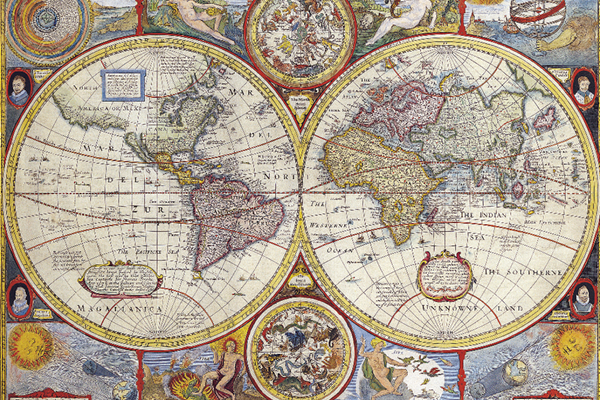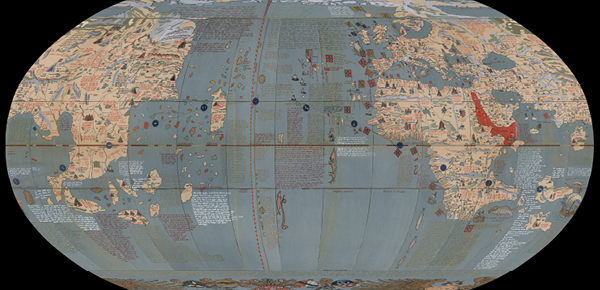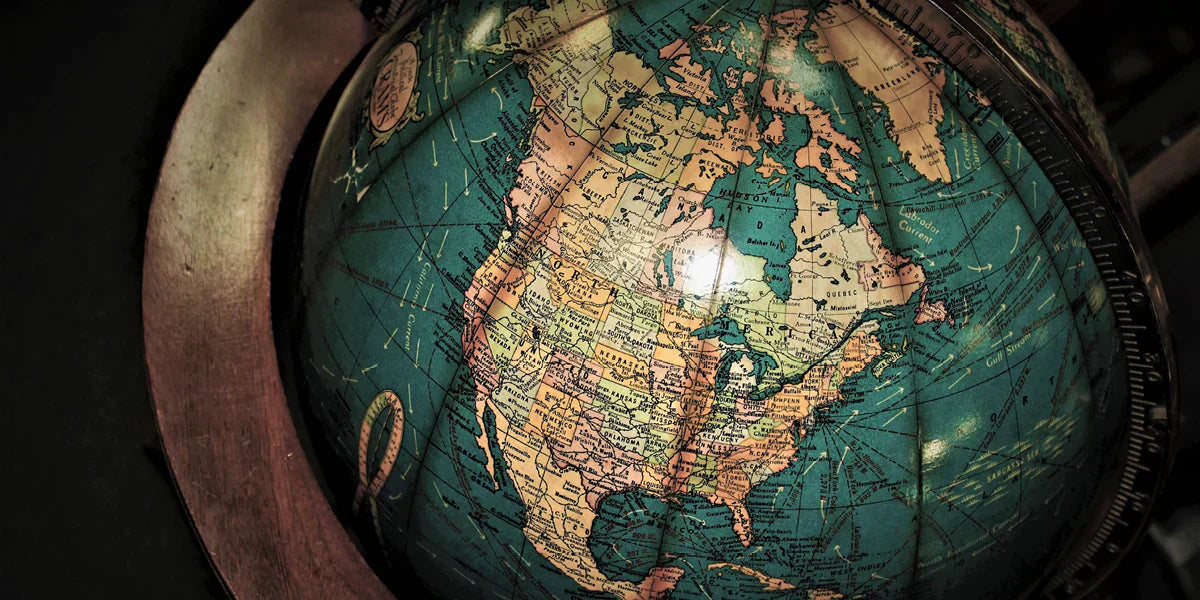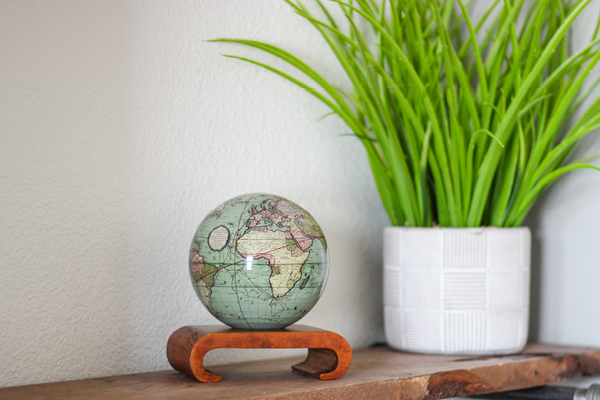The Journey from Flat Maps to Globes: A Cartographic Evolution
Have you ever stopped to consider how humankind transitioned from flat maps to spherical globes? While tales of Christopher Columbus bravely sailing west in search of new routes to the Indies often get romanticised as the turning point for proving Earth’s roundness, the truth is more nuanced. Globes existed long before Columbus’s time, though they only became more widely adopted during the great explorations of the 15th and 16th centuries. Flat maps, however, date back even further—to ancient Babylon.
From Clay Tablets to Cartographic Spheres

Humanity’s urge to chart the world around it is nearly as old as civilisation itself. Early mapping efforts were not purely geographic; they were deeply shaped by the religious and cultural beliefs of their creators. Sacred cities were commonly drawn as the world’s centre, reflecting their spiritual significance.
The Babylonians created the first recorded maps as early as 600 B.C., etched onto clay tablets. These early depictions placed Babylon and the Euphrates River at the centre, surrounded by other regions such as Assyria and Susa. Beyond these known lands were vague, triangular regions labelled with mythical names like “beyond the flight of birds,” believed to be inhabited by fantastical creatures and legendary beasts. These early maps blended empirical observation with mythological storytelling.
Ancient Greek cartography later elevated map-making to a new level of sophistication. Greek philosopher Crates of Mallus is believed to have constructed the first globe in the 2nd century B.C., though none of his originals survive. His work was inspired by even earlier thinkers such as Pythagoras, who proposed a spherical Earth in the 6th century B.C., a theory later supported by Aristotle through his astronomical research.
The Earliest Surviving Globes

Though Columbus didn’t actually “prove” the Earth’s roundness (the Greeks had already done that centuries earlier), the oldest surviving terrestrial globe dates back to the time of his expeditions. This globe, crafted by German geographer Martin Behaim in 1492, is known as the Erdapfel—literally “Earth Apple.” It omits the Americas, Antarctica, and Australia, reflecting the limited geographical knowledge of the era. The Erdapfel remains preserved under careful protection in Germany.
Shortly after, the Hunt-Lenox Globe emerged around 1510. Allegedly purchased in France and brought to the United States by architect Richard Morris Hunt, the globe now resides in the New York Public Library’s Rare Book Division. This globe improved on Behaim’s version by including South America, although North America is still inaccurately depicted as scattered islands. Intriguingly, it bears the inscription “Here be dragons,” warning of unknown and dangerous territories.
Some believe the Hunt-Lenox may be linked to a 1504 ostrich egg globe that bears the same mysterious phrase. There's even speculation that Leonardo da Vinci could have been behind the creation, based on stylistic elements and connections to his artistic circle. Whether created by Da Vinci or not, both the Hunt-Lenox and Erdapfel globes are testaments to early understanding of Earth’s true form—long before Columbus set sail.
Why Globes Triumph Over Flat Maps
Why is a globe superior to a flat map? The answer lies in its ability to portray the planet as it truly is—a sphere. Globes eliminate the distortion inherent in flat maps, offering a far more accurate representation of landmasses, distances, and spatial relationships.
Early globe-makers sought to capture the Earth more precisely as exploration surged in the 15th and 16th centuries. For nations eager to claim new territories, understanding the world’s geography was a critical advantage.
Today, despite the prevalence of digital mapping tools and satellite navigation, traditional globes still serve a vital educational role. They remain one of the most effective tools for teaching geography, thanks to their tactile, three-dimensional nature. Globes are lightweight, easy to handle, and available in a range of sizes—making them ideal for classrooms and learners of all ages.
Beyond their educational utility, modern globes are admired as decorative objects that celebrate both the art and science of cartography. Whether designed to resemble ancient models or to offer realistic depictions of Earth from space, they continue to captivate and inform.



